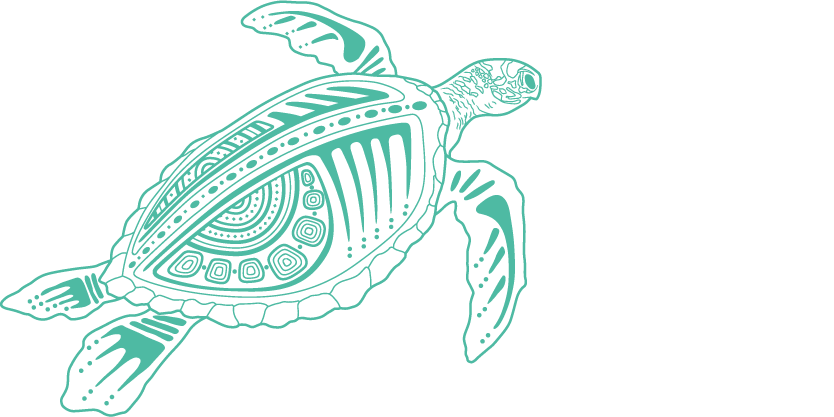Seagrasses are the only flowering plants to grow submerged in the ocean.257 The Region is home to 15 seagrass species, around 20 per cent of the world’s total.258 One deep‑water species, Halophila tricostata, is endemic to the area;147 and another rarer species, Halophila capricorni, was first identified in deep-water coral environments in 1995.259 Most seagrass species in the Region are found in water shallower than 15 metres. A range of disturbances, both natural and human-caused, can affect seagrass growth and survival (Section 2.3.4).
The species composition of seagrass meadows is important in determining the ecosystem services they provide, and their susceptibility to disturbances.133,140 Seagrasses are the primary food source for dugongs and a major source for green turtles and several herbivorous fishes.260 Dugongs prefer colonising seagrasses, such as species of Halophila, Halodule and Cymodocea,260 though they will eat parts of virtually all seagrass species encountered.141 The types of seagrasses present in a meadow affect both the quantity and nutritional quality of available food resources.261 Dugongs and green turtles are both able to expand their diet opportunistically when meadows are seriously depleted. However, reliance on less preferred foods or more ephemeral colonising species can affect animal health 262,263 and leave these herbivores at greater risk from disturbances that affect short- and long-term seagrass availability (Sections 2.3.4 and 6.3.2).141,260



